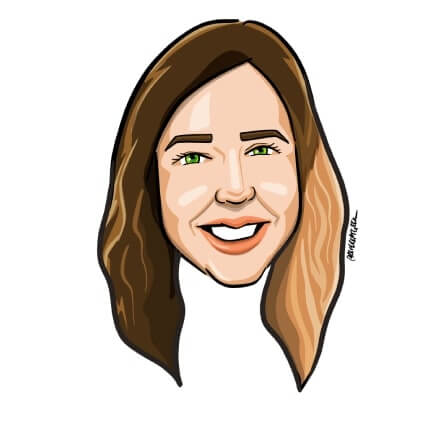Last updated on January 30, 2025
HR managers have a lot on their plates these days. And there’s a good reason behind it. The work environment has changed a lot in the past decade and our office is much different from the one our parents knew. Many companies adopted advanced principles when it comes to how they conduct their business. There are no more standard 9 to 5 work hours and we’re adding more value to the things that get to be done, rather than the actual hours. Nobody cares where the employee is – people from the same team are literally scattered around the globe, in different time zones, separated by different cultures, languages… But what they do have in common is a unique way of doing business.
This shift that happened at our workplace requires different approaches when it comes to tracking vacation days, tracking productivity, and communicating. That’s why we’re using different software to help us achieve success and do our business in the best possible way.
If we look at things this way, it’s completely easy to understand there have to be some changes in the HR business.
One of the changes comes in when we mention the term “Agile”. So, what that even means?
The term “agile” cannot be described in one word. The closest explanation would be that this is some kind of philosophy and a set of management practices.
The first Agile Manifesto was first written almost twenty years ago. Basically, a group of programmers wanted to figure out a way to speed up their development. That’s why they decided to set out some rules to speed up their software development process.
What’s more interesting, the principle of Agile management was developed even before the first manifesto was even written. Fred Brooks was working at IBM when he wrote “The Mythical Man-Month”, explaining how more people added to the team slowed down the process of getting things done at work.
Brooks found that the more people he had on a team, the slower the project went. What he noticed was that middle management created friction between team members, messing up communication between them completely. That was the time when he discovered that small teams, with clear goals, are more likely to perform better than one big team.
That’s why he divided the work process into three stages: learning the customer’s needs, building software fast, and delivering a product without messing with middle management.
When you see a good principle, steal it.
And that’s what HR professionals did. They saw potential in the agile method and adjusted it to their line of work. And it actually gave results.
Just like in software development, in HR you have two clear parts to solving problems. First, you need to design a solution and the other one is to “follow” it and “support” it when you start applying it.
Here’s An Example Of How HR Can Become Agile
The employee onboarding process is very important and it should be done properly. But it also needs to be adjusted to every role, transition, geography, and business. It’s simply impossible to uniform it and it heavily depends on feedback. And that’s when Agile comes in.
What it takes for HR to become agile
When it comes to what it takes for HR to become agile we need to talk about adjusting the mindset. It means HR has to learn to make a difference between what’s working and what’s not and let go of the things that are inefficient and time-consuming.
Then, it’s about taking a more human-centric view of HR’s work and about co-creating a great employee experience, through user testing and taking an evidence-based approach to decision-making. This means we’re not coming to a universal formula that will make a “one size fits all” environment. Then, HR needs to be able to go through decisions and adjust them as they get the first feedback.
HR still needs to learn a lot.
But that’s what makes us better at our job. We cannot highlight enough the power of good communication and feedback. But this is exactly what makes an HR agile. Don’t be afraid to communicate and make decisions based on your employee’s feedback. Don’t be afraid to try something new. Even if you fail, you’ll be able to make some conclusions to improve your business.

Aleksandra Cvetkovic
Aleksandra has been with the team since day one, bringing her passion for all things marketing.




